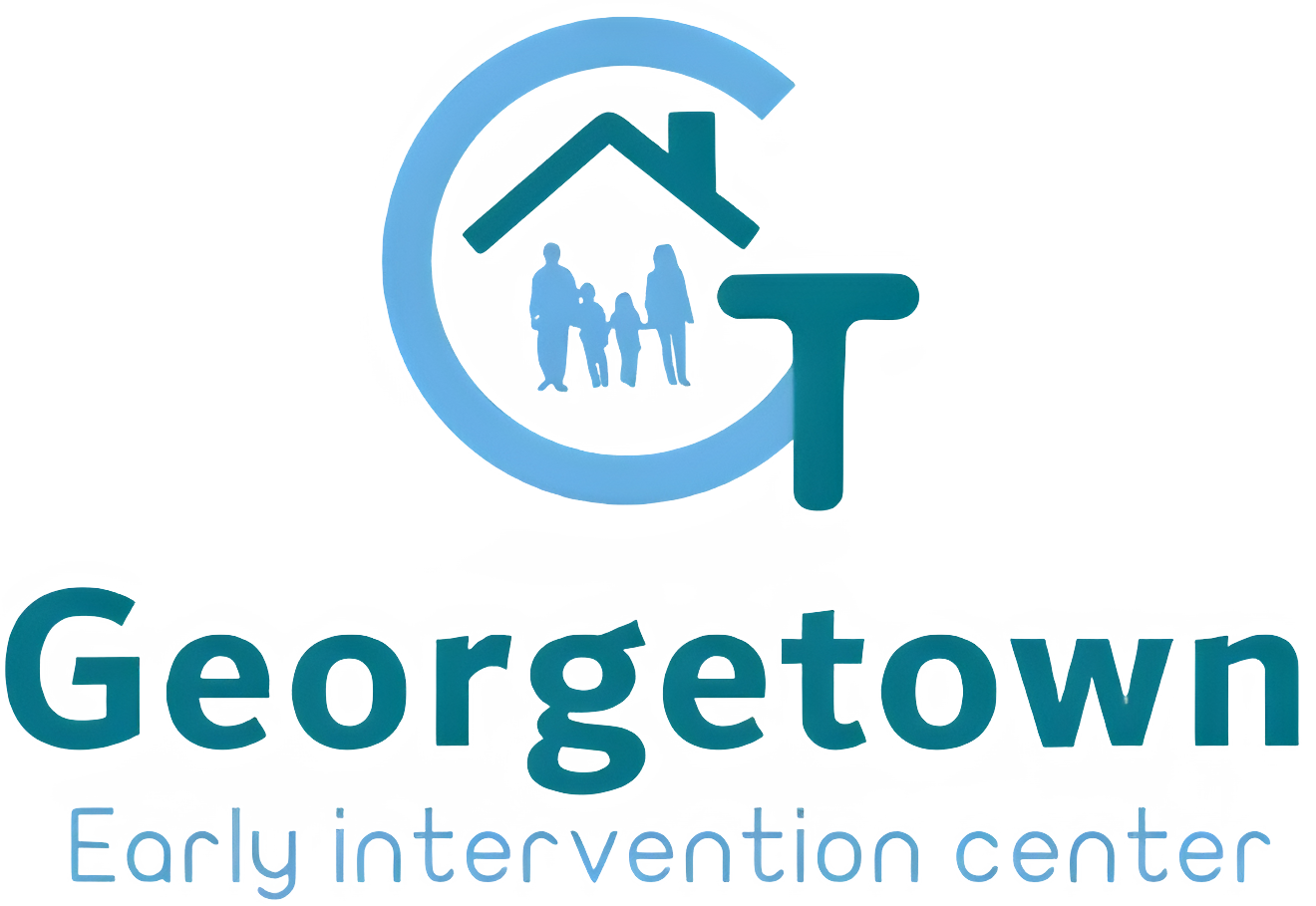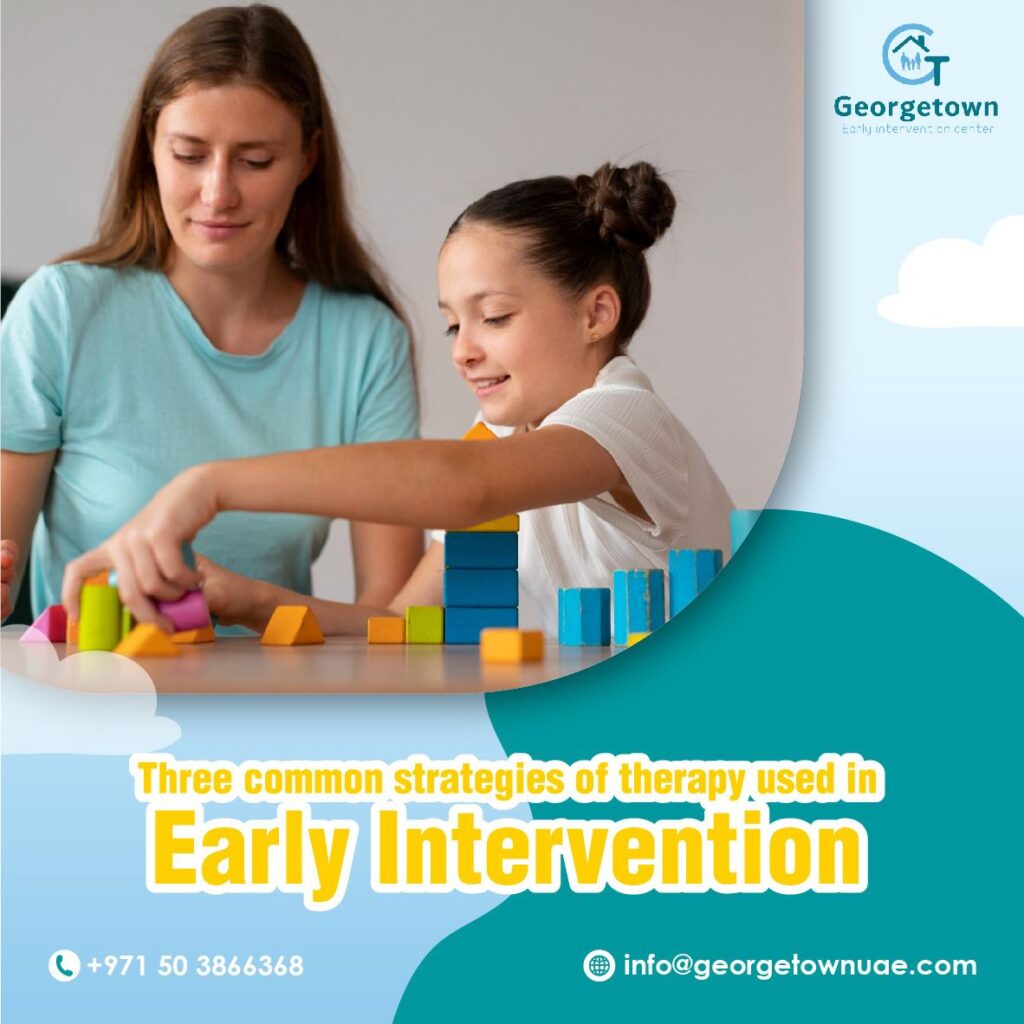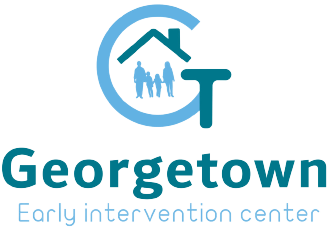Introduction:
Early intervention is a critical component in providing support and assistance to children who may be facing developmental challenges. Among the various therapeutic approaches used in early intervention, three common strategies stand out: Verbal Behavior Therapy, Naturalistic Teaching, and Discrete Trial Training (DTT). In this blog post, we’ll delve into each of these strategies, exploring their principles, applications, and benefits in helping children reach their developmental milestones.
- Verbal Behavior Therapy: Verbal Behavior Therapy (VBT) is a structured approach aimed at teaching communication and language skills through the principles of applied behavior analysis (ABA). Unlike traditional speech therapy, which focuses on teaching specific sounds or words, VBT emphasizes functional communication by targeting the functions of language, such as manding (requesting), tacting (labeling), and intraverbals (conversational skills). Therapists use techniques such as prompting, shaping, and reinforcement to teach language skills in a systematic and individualized manner. VBT is highly effective for children with autism spectrum disorder (ASD) and other developmental delays, helping them acquire language and communication skills essential for daily interactions.
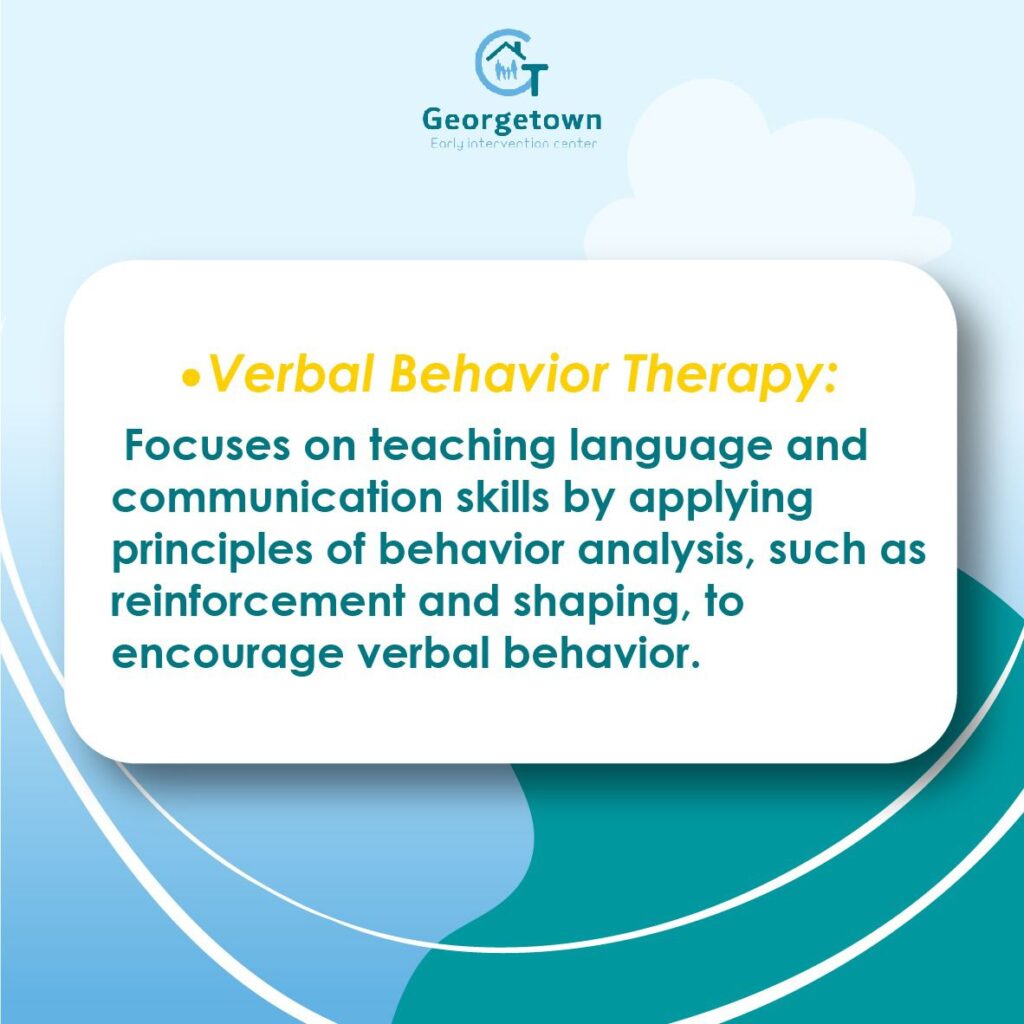
- Naturalistic Teaching: Naturalistic Teaching, also known as Natural Environment Teaching (NET) or Incidental Teaching, is an approach that integrates therapy into the child’s natural environment and daily routines. Instead of structured teaching sessions, therapists capitalize on spontaneous learning opportunities that arise during play, mealtime, or other activities. Through naturalistic teaching, children learn new skills in context, making the learning experience more meaningful and relevant to their everyday lives. Therapists use strategies such as modeling, prompting, and reinforcement to facilitate learning and encourage the child’s active participation. Naturalistic teaching promotes generalization of skills across settings and encourages independence and self-initiation in learning.
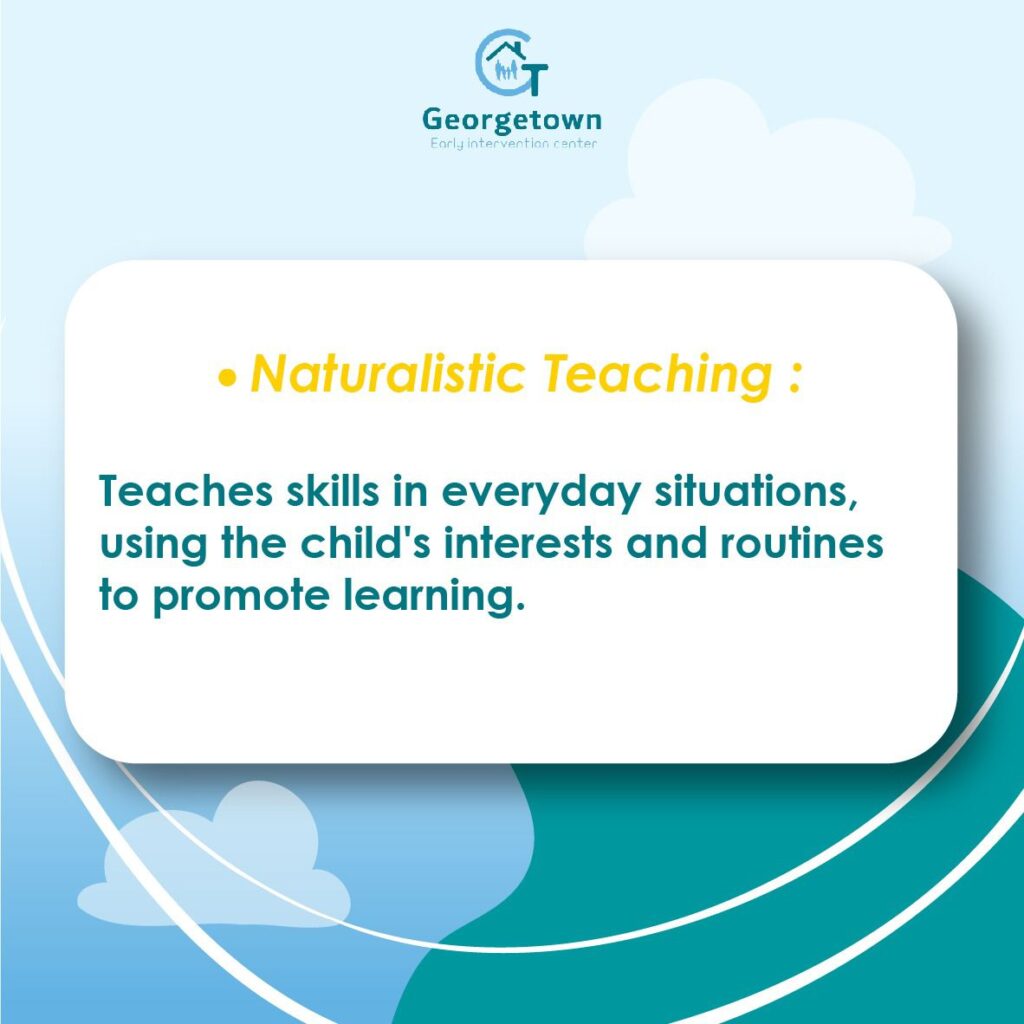
- Discrete Trial Training (DTT): Discrete Trial Training (DTT) is a structured teaching method that breaks down learning tasks into smaller, more manageable steps. Each learning task is presented in a discrete trial, consisting of a clear instruction, a response from the child, and immediate feedback or reinforcement. DTT is highly structured and repetitive, allowing for systematic teaching of new skills and concepts. It is particularly effective for teaching foundational skills such as imitation, matching, and discrimination, as well as more complex behaviors such as social skills and self-help skills. DTT provides clear learning objectives and allows therapists to track progress systematically, making it a valuable tool in early intervention programs.
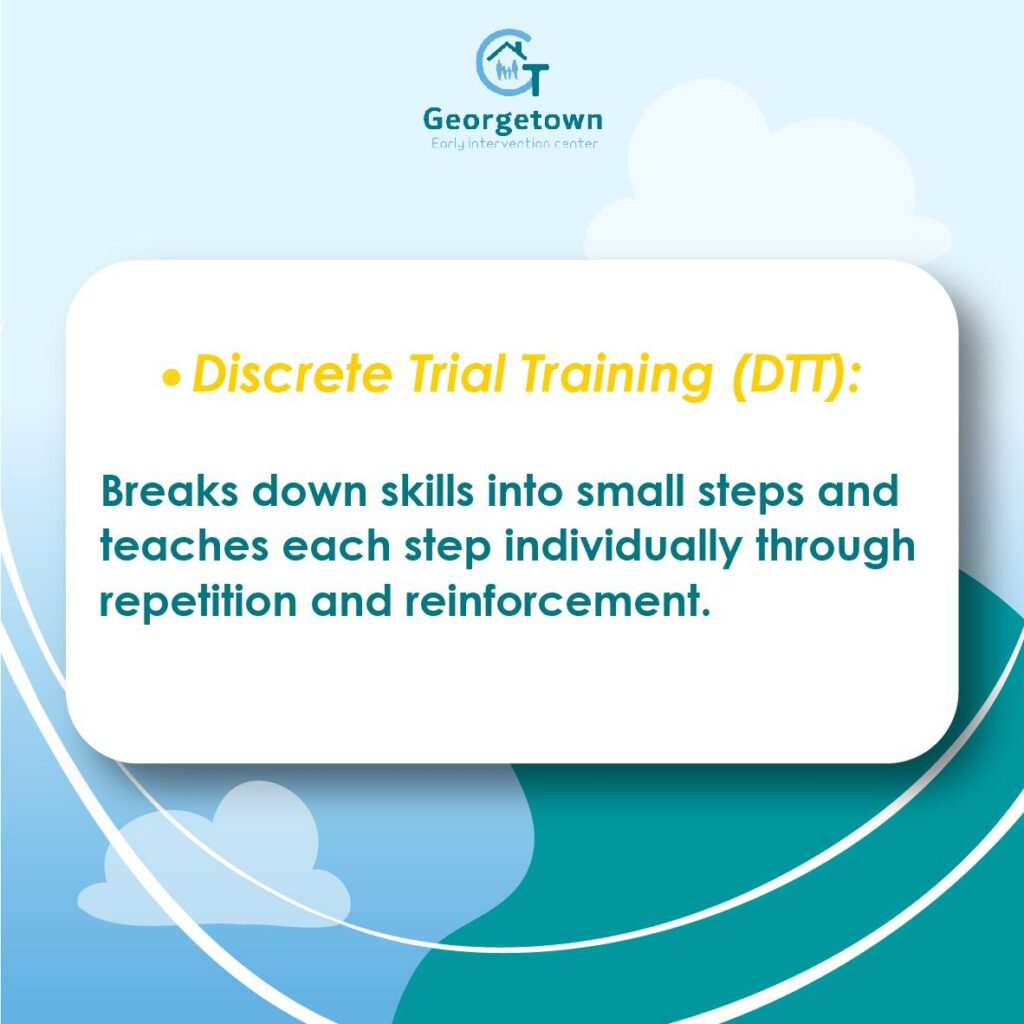
Conclusion:
Verbal Behavior Therapy, Naturalistic Teaching, and Discrete Trial Training are three common strategies used in early intervention to support the development of children with developmental delays or disabilities. Each approach offers unique benefits and applications, catering to the individual needs and learning styles of children. By implementing these evidence-based strategies in early intervention programs, therapists can help children acquire essential skills and achieve their full potential. If you’re considering early intervention services for your child, exploring these therapeutic approaches can provide valuable insights into the support and assistance available.
